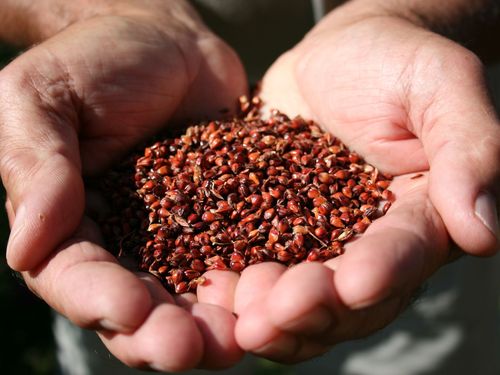International scale
The Representative List primarily serves to visualise living heritage, whereby the elements entered are representative of all examples of intangible cultural heritage.

The Register of Good Safeguarding Practices for maintaining intangible cultural heritage contains a regularly updated selection of international, national and regional measures, programmes and projects, which optimally implement the principles and objectives of the Convention, i.e. maintaining, raising-awareness of and promoting intangible cultural heritage.


![[Translate to EN:] © J. Ségur/ZED, with the permission of UNESCO](/fileadmin/_processed_/d/b/csm_Convention-2003-IKE_0832a6a47d.jpg)
![[Translate to EN:] © ÖUK](/fileadmin/_processed_/3/9/csm_P1011318_7eac86402f.jpg)

![[Translate to EN:] © Weitblickfilm](/fileadmin/_processed_/9/8/csm_Workshop_17_2dee1e1fd8.jpg)